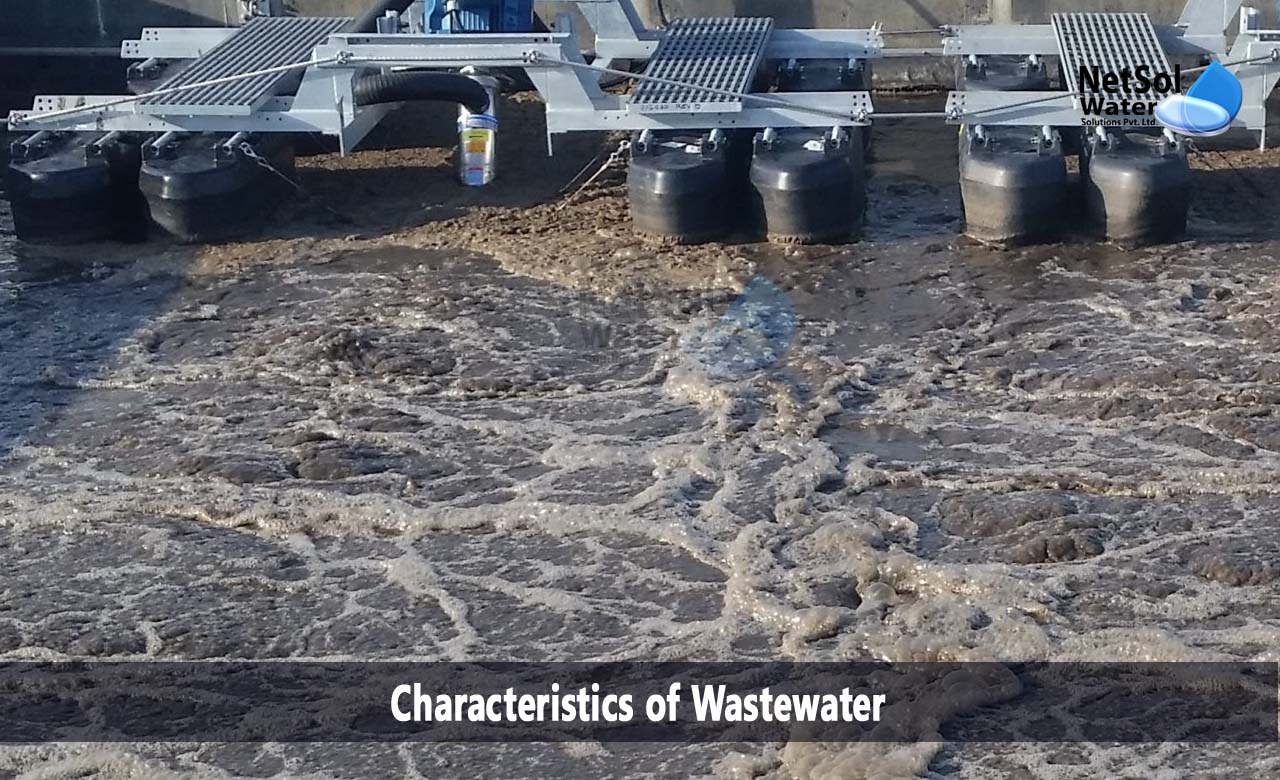Water that has been utilized for home, commercial, and industrial purposes is referred to as wastewater. Since, the makeup of all wastewater is continually shifting and highly changeable, it is challenging to give a clear-cut definition of the term effluent.
99.9% of wastewater is made up of water, while the remaining 0.1% is eliminated. Organic material, bacteria, and inorganic substances are all present in this 0.1%. Various habitats, including lakes, ponds, streams, rivers, estuaries, and seas, are exposed to wastewater effluents. Storm runoff also counts as wastewater since it contains dangerous compounds that are washed off of rooftops, parking lots, and highways.
Let’s understand the characteristics of wastewater!
Different types of wastewater
Domestic wastewater is produced by tasks like using the bathroom, bathing, preparing food, and doing laundry. Commercial wastewater is released from outside sources, such as beauty parlours or body shops, for instance. Hazardous elements could be present in this effluent, necessitating specific handling or disposal.
Industrial wastewater typically requires more intensive treatment than home wastewater, since it comes from commercial or industrial manufacturing operations. Industries differ from one another in terms of the makeup of industrial effluent.
What are the Characteristics of Wastewater?
Wastewater is classified based on its physical, chemical, and biological composition. Physical, chemical, or biological treatment will be used depending on the level of pollution and local regulations. To achieve the best water quality, the three treatments are usually combined.
Following is a classification of wastewater's three primary features.
1. Physical Characteristics of wastewater
A. Turbidity
B. Color
C. Odour
D. Total suspended solids
E. Temperature
2. Chemical Impurities' in wastewater
A. Chemical oxygen demand (COD)
B. Total Organic Carbon (TOC)
C. Nitrogen
D. Phosphorus
E. Chlorides
F. Sulphates
G. Alkalinity
H. pH
I. Heavy Metals
J. Trace Components
A crucial step in the wastewater treatment process is analysing the physical and chemical properties of the effluent. The use of wastewater treatment techniques based on the physical and chemical properties of the water is heavily stressed.
3. Wastewater's Biological Characteristics
A. The amount of oxygen required for bacteria to stable organic matter is known as the biochemical oxygen demand, or BOD.
B. Nitrogenous Oxygen Demand (NOD) - NOD is the quantity of oxygen required for nitrifying bacteria to convert organic and ammonia nitrogen into nitrates.
C. Microbial life in wastewater
D. Bacteria
E. Protozoa
F. Fungi
G. Viruses
H. Algae
I. Rotifers
J. Nematodes
Conclusion
Understanding wastewater properties and water treatment techniques are crucial for environmental engineers. A wide variety of wastewater treatment options are offered by Netsol Water, including phosphorus removal, odour control, clarifying, sludge dewatering, chlorination/de-chlorination, etc.
For the most difficult water treatment or wastewater treatment demands of a wide spectrum of clients, including individual businesses, corporations, and local government agencies, Netsol combines cutting-edge technology with our decades of experience.



